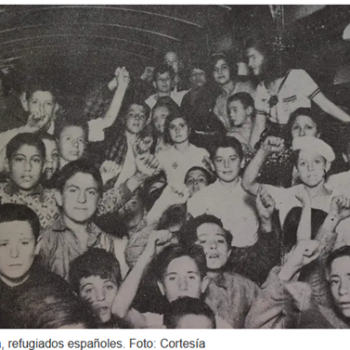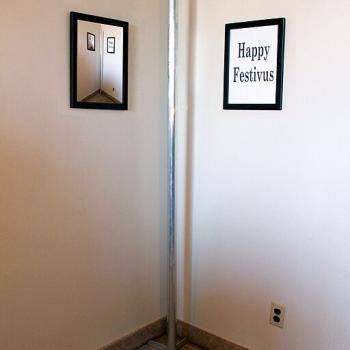Twenty years ago today, while Americans cleaned up the wreckage of the September 11 attacks, President George W. Bush stood before a Joint Session of Congress and declared that the U.S. was going to wage a “war on terror.” “Our war on terror begins with al Qaeda, but it does not end there,” Bush said. “It will not end until every terrorist group of global reach has been found, stopped and defeated.”
Thus began a war that transformed the U.S. in countless ways. It launched numerous military conflicts overseas. It initiated the creation of new systems for surveillance and intelligence gathering. It prompted an overhaul in security measures at border crossings and airport terminals.
And at this particular moment, as Americans grapple with the chaotic conclusion to the U.S. war in Afghanistan, we see yet another consequence of the War on Terror: how it has upended the U.S. treatment of refugees. On this matter, it has created a particularly cruel situation. The War on Terror set in motion military conflicts that displaced millions of people. At the same time, the War on Terror transformed the U.S.’s system for handling immigrants and refugees, while fostering an Islamophobia that heightened suspicion of refugees, especially Muslim refugees. Put simply, the War on Terror produced two convergent problems: a rise in the number of refugees around the world and a reluctance in the U.S. to admit the refugees whose forced migration it caused in the first place.
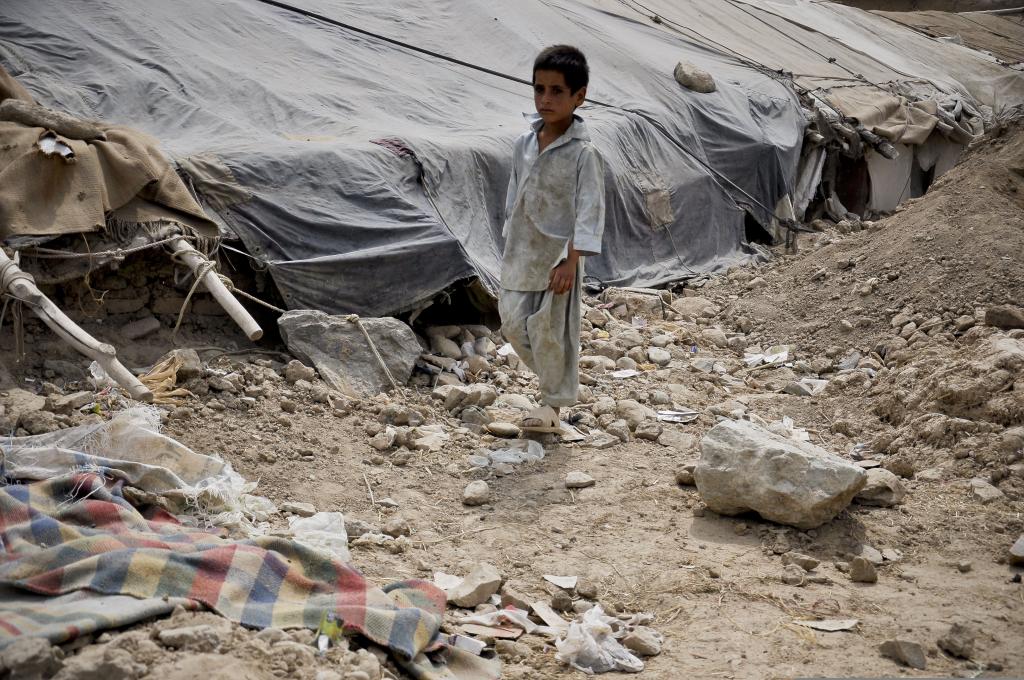
According to a 2020 report issued by the Costs of War project at Brown University, U.S. military interventions associated with the War on Terror caused the displacement of approximately 37 million people. This figure counts displaced people from Afghanistan and Iraq, as well as Pakistan, Yemen, Somalia, the Philippines, Libya, and Syria. This estimate is on the conservative end, with the real figure possibly as high as 59 million people. Moreover, this figure does not include displaced people in the countries where the U.S. pursued smaller counterterrorism efforts, such as Burkina Faso, Cameroon, Central African Republic, Chad, the Democratic Republic of Congo, Mali, and Niger.
Only a very small percentage of the people displaced by U.S. military interventions were ever resettled as refugees in the U.S. or elsewhere. Resettlement has been low for several reasons. Sometimes governments favored other solutions. In the case of Afghanistan, for example, the U.S. initially focused on repatriating Afghan refugees who had fled to Pakistan in order to demonstrate American success in overthrowing the Taliban. As the historian Maria Cristina Garcia explained, Afghan repatriation in the immediate aftermath of Operation Enduring Freedom was important for “validating U.S. intervention and signaling to the region the emergence of a stable new post-Taliban society.”
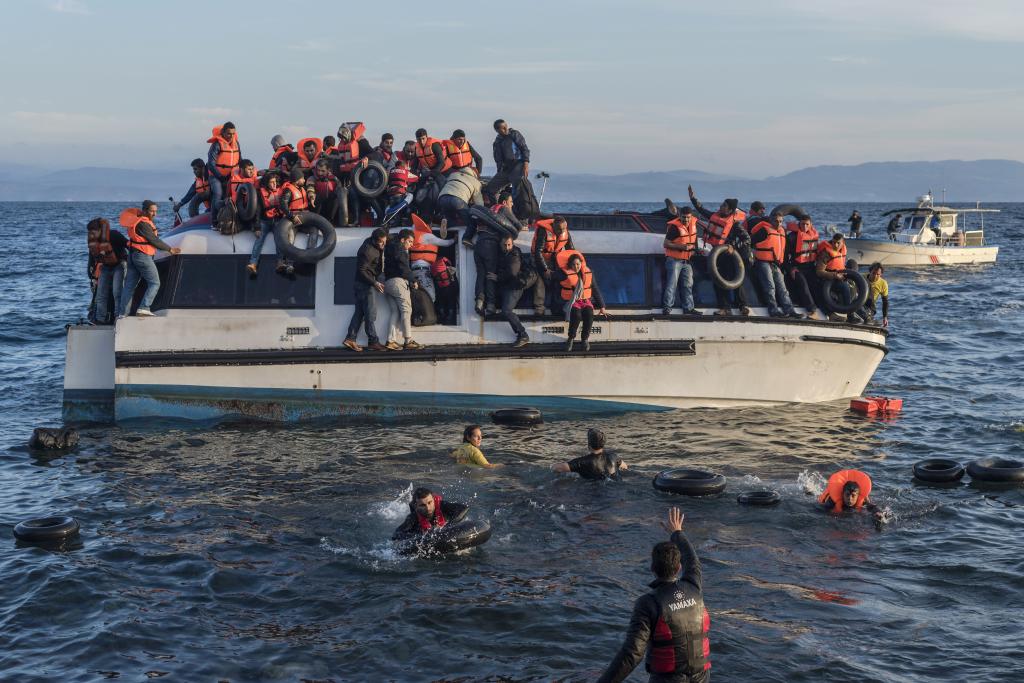
But a second major reason that the U.S. has admitted few refugees has been that, in the wake of the September 11 attacks, both immigrants and refugees, especially those who identified as Muslim, have been seen as national security threats. This point illuminates another important consequence of the War on Terror: the reorientation of immigration and refugee policy around national security concerns. The first few years of the War on Terror saw a complete reorganization of the American immigration system as the U.S. government aimed to identify potential terrorists within American borders and screen entrants more effectively in order to prevent terrorists from crossing American borders. Most notably, the 2002 Homeland Security Act shifted the immigration responsibilities of the Immigration and Naturalization Service, which had previously been part of the Justice Department, to the newly created Department of Homeland Security, which now oversaw the U.S. Customs and Border Protection, the U.S. Citizenship and Immigration Services, and the Bureau of Immigration and Customs Enforcement. In this new system, it became increasingly difficult to enter the U.S., and this included entering the U.S. as a refugee or asylum-seeker. As a result, Garcia argued, “[r]efugees and asylum seekers became casualties of the new security measures.”
To be sure, some of the 37 million people by American military interventions have been resettled as refugees in the U.S. The most visible of these refugees have been participants in the Special Immigrant Visa (S.I.V.) program, which aids individuals who worked directly with the U.S. military in Afghanistan and Iraq. One such S.I.V. recipient is Hussain Mohammed, an Afghan man who began working as a translator and cultural advisor for the U.S. military at the age of 17 and, after ten years of service, received an S.I.V. to migrate to the U.S. in 2014.
But the vast majority of people displaced by the War on Terror have not been resettled in the U.S., which has accepted far fewer refugees than it could have over the past two decades. In the first six years of the War on Terror, the annual U.S. refugee ceiling was set at 70,000, but the actual number of refugees admitted to the U.S. was much lower—in 2002, as low as 27,000 refugees.
The numbers declined even further a decade and a half later, when President Trump took office. In the first year of his term, Trump set the refugee ceiling at 45,000 and only admitted 22,500. For fiscal year 2019, he reduced the refugee ceiling again, this time to 30,000, and for fiscal year 2020, to 18,000 refugees. Trump’s justification was that refugees, who are often Muslim, are a danger to national security. As Trump declared at the signing of one of his executive orders regarding refugee admissions, the goal of his actions was “to keep radical Islamic terrorists out of the United States of America.”
Even the group that tends to win the most sympathy from the American public—S.I.V. recipients who supported the U.S. military efforts in Afghanistan and Iraq—have not fared well. As Tazreena Sajjad, an expert on refugees and forced migration, explained, the U.S. admitted only 495 Afghan S.I.V. recipients in the 2020-2021 fiscal year—only a small fraction of the 20,000 Afghans waiting for an S.I.V. and the other 70,000 Afghans eligible to apply for one. Of all of the countries around the world that host Afghan refugees, the U.S. fell far below other nations, at number 22.
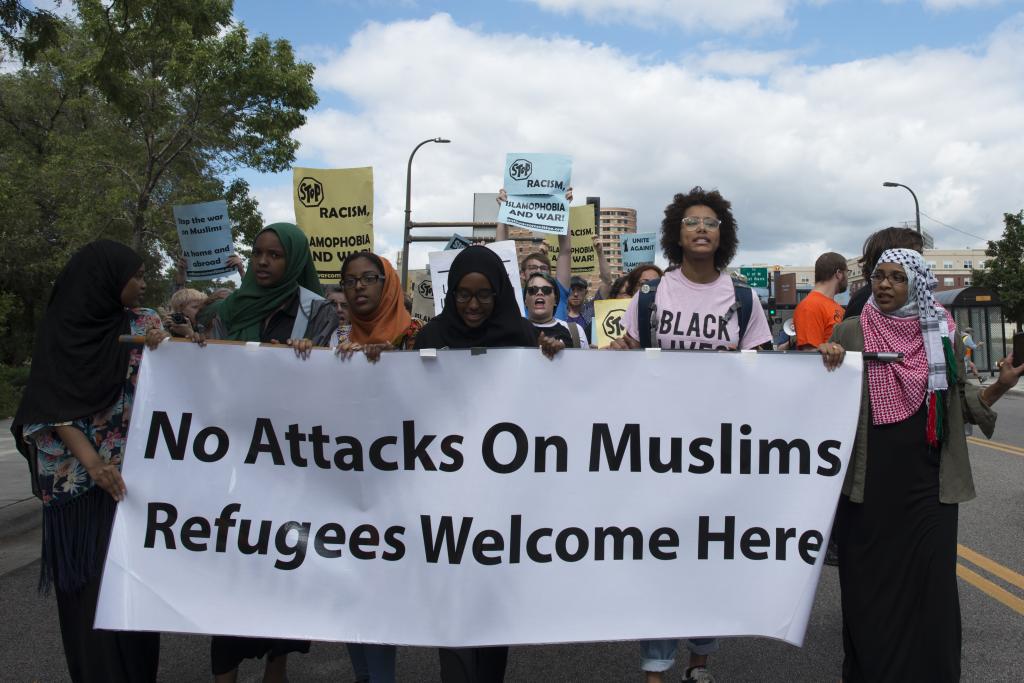
The U.S.’s refusal of refugees in the past two decades has owed not only to the actions of U.S. presidents, but to a broader cultural and political shift associated with the War on Terror: the intensification of anti-Muslim sentiment in the American public. To be sure, negative views of Muslims existed well before the attacks of September 11, and President Bush did make efforts to emphasize that he views Islam’s teachings as “good and peaceful.“ Nevertheless, the government policies of the War on Terror legitimated fear and suspicion of Muslims.
Just as important, the War on Terror, as it was waged in American culture, magnified a powerful and widespread Islamophobia. In the book This Muslim American Life, the writer Moustafa Bayoumi described this phenomenon as “War on Terror culture.” ”War on Terror culture assumes that Muslims collectively are responsible for and sympathetic to all acts of violence by individual Muslims everywhere, unless and until they explicitly say otherwise,” he explained. In American media, “War on Terror culture represents Muslims always and only through the War on Terror lens and never on their own terms” and “promotes the seductive synergy of militarism and entertainment.” And in American politics, it has reorganized the world into stark categories of enemies and allies. “War on Terror culture is essentially the deep institutionalization of George W. Bush’s simplistic proclamation that ‘either you are with us, or you are with the terrorists,’ as if there can be no other options, as if you can’t oppose the horrors that the War on Terror delivers and the murderous nihilism of terrorism simultaneously,” wrote Bayoumi.
In this context, Muslims in U.S. have suffered increased discrimination and prejudice over the past two decades. In a 2017 study, the Pew Research Center found that 48% of its respondents reported experiences of anti-Muslim discrimination, compared to 40% ten years earlier. One in three reported being treated with suspicion, one in five reported being on the receiving end of derogatory names, and one in five reported that they had seen anti-Muslim graffiti in their own locales.
While hostility toward Muslims has escalated over the past two decades, it’s important to note that this matter, like many others in the U.S., has become increasingly partisan. The Pew Research Center found that in 2002, 32% of Republicans and 23% of Democrats viewed Islam as a religion that was more likely than others to promote violence among its adherents. However, a 2021 survey found that 72% of Republicans held this view, compared to 32% of Democrats. And, as President Trump’s rhetoric demonstrates, the widespread view of Muslims as terrorists has played a central role in animating opposition to refugees, many of whom are Muslim, at the same time it appears to have energized the nativist elements of his political party.
Although President Trump is no longer in office, the convergence of Islamophobia and anti-refugee sentiment has continued to shape events in the current moment. As thousands of Afghan refugees arrive in the U.S. in the wake of the Taliban’s return to power, both Republicans and Democrats have voiced support for their evacuation and resettlement. However, the most vocal opponents to efforts to aid Afghan refugees have come from the right, and they have emphasized a consistent message: that Afghan refugees are a national security threat. “We’ll have terrorists coming across the border,” Congressman Kevin McCarthy said during an August call with other members of the House of Representatives. Here, we see the intersection of dual legacies of the War on Terror: the forced migration of thousands of refugees fleeing a country where the U.S. waged war for two decades, and the fear and hostility toward Muslims that cause many Americans to want to turn these refugees away.
Not far from where I live, the Indiana National Guard is housing over 6,000 Afghan evacuees at Camp Atterbury. If one were to look only at the positive media coverage of the warm community response in the past few weeks, the U.S. appears to be a nation that adores refugees and seizes any opportunity to shower them with care and compassion. People from across the state, eager to show refugees some Hoosier hospitality, are providing medical care, organizing clothing drives, and running a GoFundMe campaign to raise funds for refugees’ needs. Even Governor Eric Holcomb took time to visit Camp Atterbury and praise the efforts. “There has been an outpouring of kindness from Hoosiers to welcome those who aided and protected us,” he said.
There is no doubt that many Americans are showing tremendous generosity to the people now arriving from Afghanistan. But a consideration of the broader context of the past twenty years would quickly lay to rest any claims that the U.S., as a nation, is especially kind and generous to refugees. Indeed, stories of American benevolence are useful for shifting attention away from stories of American failure, both overseas and at home. As critical refugee studies scholar Yen Le Espiritu wrote in Body Counts, refugees are often portrayed “as grief-stricken objects marked for rescue and the United States as the ideal refuge for the ‘persecuted and uprooted’ refugees.” Presenting refugees in this way makes it possible for “Americans to remake themselves from military aggressors into magnanimous rescuers.” Ultimately, a narrative centered on Americans “rescuing and caring” for refugees “erases the role that U.S. foreign policy and war played in inducing the ‘refugee crisis’ in the first place.” Espiritu was writing about refugees from Vietnam, but her observations apply just as aptly to refugees from Afghanistan.
Twenty years after the declaration of the War on Terror, as refugees arrive from Afghanistan, it is imperative that Americans acknowledge two things: that the U.S. is responsible, and that the U.S. must be responsible. This means opening the door wider to refugees and confronting the anti-Muslim sentiment that has often blocked the door to refugees. It means recognizing that this disaster was two decades in the making. And it means recognizing that this disaster was very much our making.





